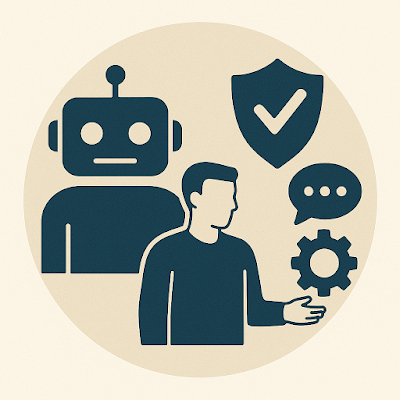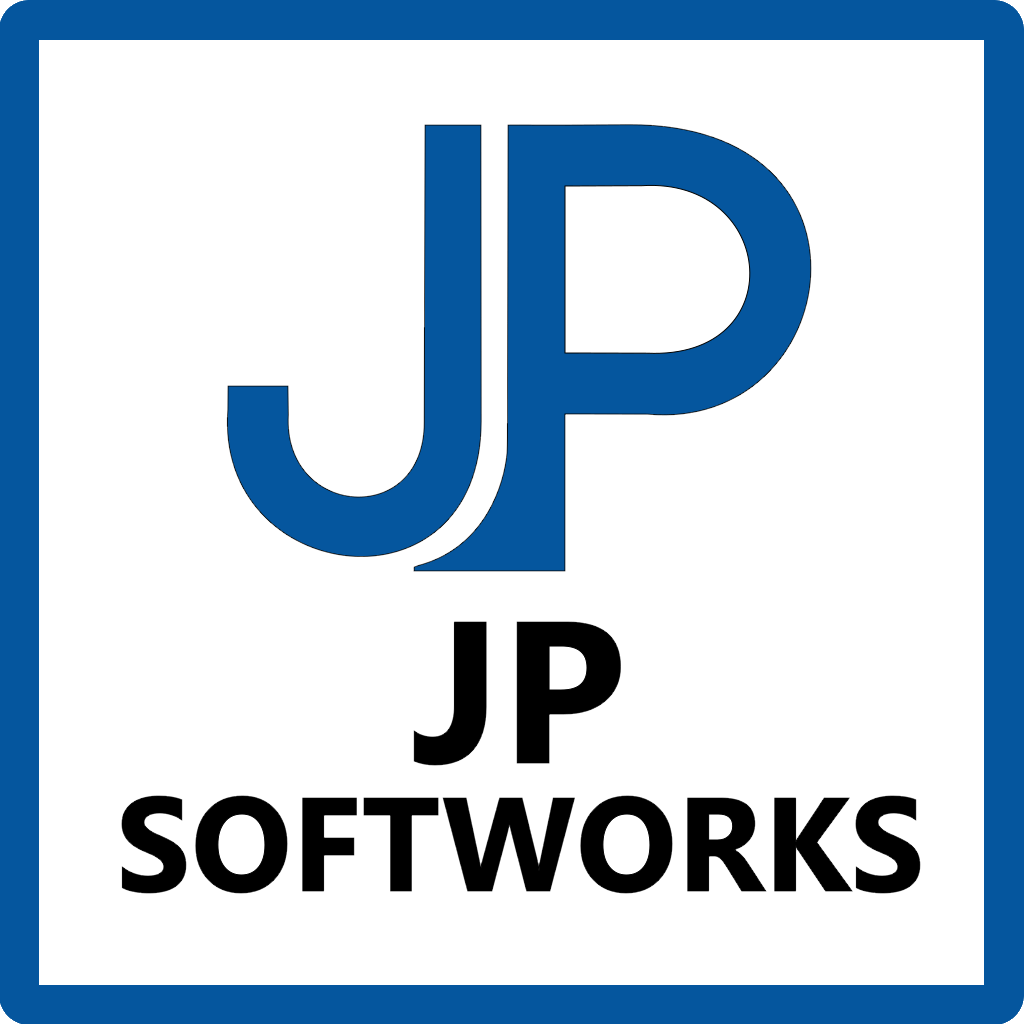Where Not to Automate: Keeping Human Value at the Core of SecDevOps

Customer Contact: People First and Always
We talk a lot about automation in SecDevOps, and with good reason. Automation lets us move fast, reduce errors, and scale security into every part of the delivery pipeline. But we've also learned the hard way that not everything should be automated. Some things demand the human touch, because trust, judgment, and relationships can't be scripted.
Let's look at a few places where automation should stop and people should step in.
This is the most important one. When a customer is affected by an outage, a security incident, or even a missed service level target, the conversation has to feel human. Yes, automated notifications are useful: they give customers awareness and sometimes even early insights. But that initial message should be clearly labeled as automated.
Where the real value comes in is the follow-up. Customers want to know that a real person has acknowledged the problem, understands its impact, and is taking responsibility for the next steps. If we rely too much on automation here, we risk making customers feel like they're just another line in a log file. That's not who we are, and it's not the kind of trust we want to build.
Accountability Moments
In SecDevOps, failures happen, it's expected. Deployments don't always go smoothly, vulnerabilities slip through, and systems can go down. When they do, it's tempting to automate every part of the response. But accountability requires a person.
An automated message can say, "Service X is unavailable," but only a person can say, "We're sorry, we understand what this means for you, and here's what we're doing about it." That shift from a system event to a human commitment is where accountability lives.
Risk Decisions
Another area where we draw the line is high-stakes risk decisions. Automation is great at flagging issues: a dependency with a critical CVE, a failed compliance check, or a deployment that doesn't meet policy. But when the question becomes, "Do we release this anyway?": that needs a human.
Risk is about context. Automation can't fully weigh customer impact, business priorities, or ethical concerns. We want automation to inform those decisions, not make them for us.
Culture and Feedback
Culture can't be automated. We can use bots to gather data about deployments or to summarize feedback from retrospectives, but the heart of the process: people being candid, listening to each other, and finding ways to work better together: has to stay human.
At JPSoftWorks, we've seen that when teams try to automate feedback loops too much, the conversation loses depth. Metrics are important, but they don't replace dialogue.
Ethics and Compliance
Automation plays a big role in compliance: collecting logs, checking configurations, running reports. But deciding what to do with those findings is not something we hand over to a bot. If there's a suspected violation, or an ethical concern about data use, people must be the ones to evaluate and respond. Trust is built not only on being compliant, but on showing judgment and responsibility.
Drawing the Line
Our philosophy at JPSoftWorks is simple: automate to accelerate, but never automate away trust. The line between the two is usually clear. If the situation calls for empathy, judgment, or accountability, people must be involved.
That's why our SecDevOps practice balances powerful automation with human-first principles. We automate the repetitive work so that when it's time for the human voice to matter, we have the time and space to bring it

